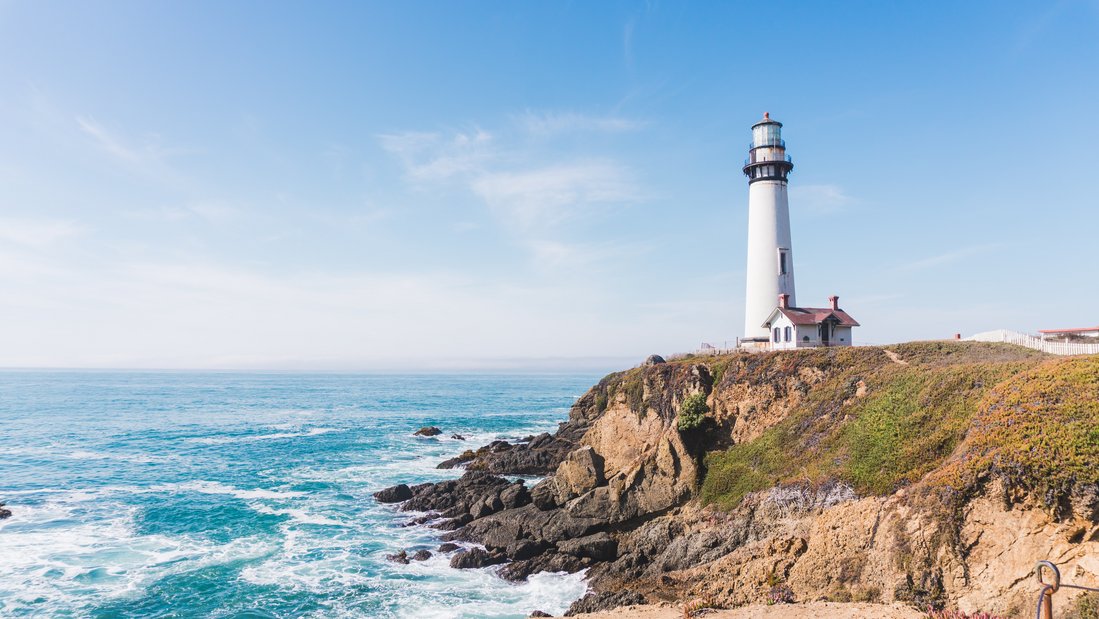As a result of climate change, sea levels are rising at an increasing speed. Since satellite measurements have began, the rate of rise has doubled: from 2.27 millimetres per year in the period between 1993 and 2002 to 4.62 millimetres between 2013 and 2022. Overall, the average global sea level rose by 9.7 centimetres in the period from 1993 to 2022 (1).
The sea level is continuously rising, not as evenly as the water level in a bathtub. The rates measured locally generally vary. Several processes are responsible for this and their characteristics can vary from coast to coast.
The two most important influencing factors are the heat-induced expansion of the water and the melting of glaciers and ice sheets worldwide. The heat-related expansion accounts for around 30 per cent of the global sea level rise, while the constant inflow of new meltwater is responsible for around 60 per cent of the observed rise. The remaining 10 per cent are due to groundwater extraction on land among other things.
Densely populated coastal areas are under severe threat
As sea levels rise, the risk of flooding and permanent inundation of coastal areas is also increasing. Low-lying islands and coastal areas, which are often densely populated are particularly at risk and the trend is increasing. According to the Intergovernmental Panel on Climate Change, it is estimated that more than one billion people worldwide will be living in coastal regions with a high risk of flooding in less than 30 years.
At the same time, coastal towns have a complex infrastructure of housing and industry of high value. The costs of damage after storm surges are therefore very expensive. The storm surge on the Baltic Sea in autumn 2023 for example caused damage of around 200 million euros (3). It can be assumed that the costs will rise due to more frequent and stronger storm surges. In order to protect people and their infrastructure, many regions are endeavouring to increase coastal protection to prevent future floods or at least mitigate the consequences.
How can we protect coasts?
If the sea level rises by one metre by the end of the century and continues to rise later on, the existing dykes, walls and barriers will no longer be sufficient. Therefore, they will have to be upgraded. This is already ongoing in Germany, the Netherlands and the UK for example.
There is natural coastal protection based on an ecosystem-based approach. This involves strategies such as giving water more space and creating floodplains. Additionally, coastal ecosystems such as seagrass beds, coral reefs, mangroves, salt marshes, etc. could be restored as they provide natural coastal protection.
However, ecosystem-based solutions are not possible everywhere. The high space requirements of these approaches are difficult to realise in densely populated areas. In these cases, structures such as dykes, flood barriers or flood protection walls will play an important role. Coastal protection now often involves a combination of several methods that build on each other.
Nevertheless, in many parts of the world, many people will have no other option but to move away from the coasts. Experience shows that both technical and natural protection and adaptation measures have their limits. Protective walls made of stone and concrete have to constantly be repaired in order to withstand the masses of water. Natural breakwaters such as mangroves can only compensate for the rise in water levels if rivers and the sea also wash in sufficient sand and other suspended matter, so that the mangroves can grow at the same time on their sand platform. If the water level rises faster than the trees accumulate material, they drown and there are no barriers anymore for wind and waves.
- World Meteorological Organization (WMO) (2023). State of the Global Climate in 2022. WMO-No. 1316, Geneva. ISBN: 978-92-63-11316-0. https://library.wmo.int/idurl/4/66214.
- (1) Copernicus (2023). Climate Indicators - Sea Level. https://climate.copernicus.eu/climate-indicators/sea-level
- (2) https://www.ndr.de/nachrichten/schleswig-holstein/Sturmflut-Schaeden-in-SH-Landtag-will-Sondervermoegen-errichten,sturmflut2108.html




![[Translate to English:] Im Vordergrund sind Wiesenausläufer sowie Watt zu sehen, im Hintergrund sind aufgereihte Holzpflöcke im Meeresboden.](/fileadmin/_processed_/2/3/csm_Bild_von_Frauke_Riether_auf_Pixabay__2__c96e9c68eb.jpg)





